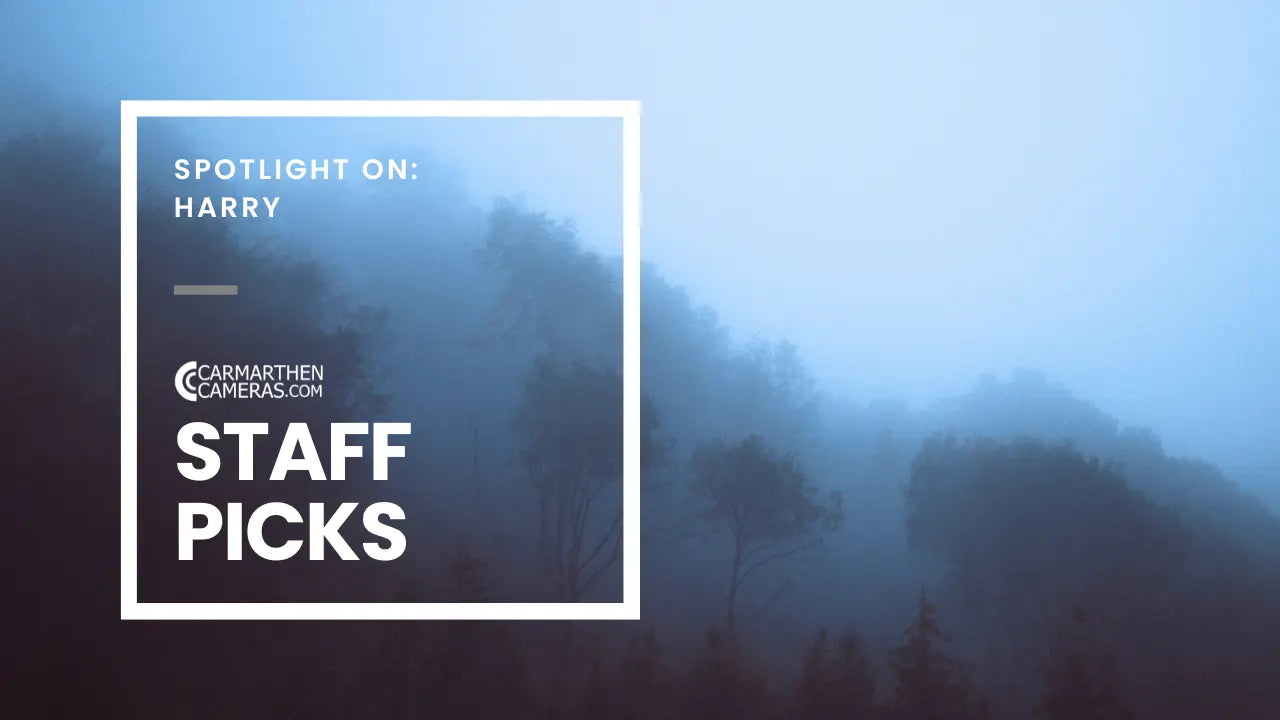Product Description
Celestron TrailSeeker Binoculars – Premium Performance for Outdoor Enthusiasts
The Celestron TrailSeeker Binoculars are designed for nature lovers, birdwatchers, and outdoor adventurers, offering exceptional clarity, brightness, and durability. With high-end optics, lightweight magnesium construction, and an ergonomic design, these binoculars deliver an immersive viewing experience in any environment.

Key Features & Benefits
Superior Optical Performance
✔ BaK-4 Prisms with Phase & Dielectric Coatings – Enhances light transmission for brighter, high-contrast images with superior resolution.
✔ Fully Multi-Coated Optics – Provides crisp, true-to-life colour reproduction and reduces glare.
✔ Wide Field of View – Ideal for tracking moving subjects without constant readjustment.
✔ 6.5ft Close Focus – Perfect for detailed, up-close observation of birds, insects, and plants.
Lightweight, Rugged Build for the Outdoors
✔ Magnesium Alloy Body – Durable yet lightweight, built to withstand harsh outdoor conditions.
✔ Rubber Armour Coating – Provides a secure, non-slip grip for rugged use in the field.
✔ Waterproof & Fogproof – Nitrogen-filled and sealed to prevent internal fogging, making it weather-resistant in humid or wet conditions.
Comfortable & User-Friendly Design
✔ Metal Multi-Stop Twist-Up Eyecups – Ensures durability and custom eye relief settings for eyeglass and non-eyeglass wearers.
✔ Tripod Adaptable – Can be mounted on a tripod for extended, shake-free viewing sessions.
✔ Adjustable Neck Strap & Carrying Harness – Allows for comfortable all-day use without strain.

Ideal For:
✔ Birdwatching & Wildlife Observation – Spot fine details and subtle colour variations.
✔ Hiking & Outdoor Adventures – Durable and lightweight for easy portability.
✔ Sports & Events – Enjoy immersive views from a distance.
✔ Astronomy & Stargazing – Track celestial objects with bright, high-contrast views.
Why Choose the Celestron TrailSeeker Binoculars?
✔ Premium optics for superior brightness & detail
✔ Lightweight yet durable magnesium body
✔ Fogproof & waterproof for all-weather performance
✔ Close-focus capability for near and far subjects
✔ Wide field of view for effortless subject tracking
Unmatched Clarity & Comfort in Every Adventure
The Celestron TrailSeeker Binoculars offer top-tier optics, rugged durability, and exceptional comfort, making them an excellent choice for nature enthusiasts, birdwatchers, and outdoor explorers. Whether you're tracking fast-moving wildlife, enjoying scenic landscapes, or exploring the night sky, these binoculars deliver a truly immersive viewing experience.
Discover more with the Celestron TrailSeeker – where clarity meets adventure!
| 10x32 | 10x42 | 8x42 | |
| Magnification: | 10x | 10x | 8x |
| Objective Lens Diameter: | 32mm (1.26") | 42mm (1.65") | 42mm (1.65") |
| Angular Field of View: | 6.2° | 6.5° | 8.1° |
| Linear Field of View (@1000 yds) / @1000 m): | 325 ft (108 m) | 341 ft (113 m) | 426 ft (142 m) |
| Exit Pupil: | 3.2mm (.12") | 4.2mm (.16") | 5.25mm (.20") |
| Eye Relief: | 14.4mm (.56") | 15mm (.59") | 17mm (.67") |
| Close Focus: | 8.2 ft (2.5 m) | 6.5 ft (2 m) | 6.5 ft (2 m) |
| Interpupillary Distance (max): | 73mm (2.87") | 73mm (2.87") | 73mm (2.87") |
| Interpupillary Distance (min): | 56mm (2.2") | 55mm (2.16") | 55mm (2.16") |
| Diopter Adjustment Range: | ±3 | ±3 | ±3 |
| Twilight Factor: | 17.88 | 20.49 | 18.33 |
| Relative Brightness: | 10.24 | 17.64 | 27.56 |
| Limiting Stellar Magnitude: | Ideal: 10.03 Moderate: 9.03 Poor: 8.03 |
Ideal: 10.62 Moderate: 9.62 Poor: 8.62 |
Ideal: 10.62
Moderate: 9.62 Poor: 8.62 |
| Lens Coatings: | Fully Broadband Multi-Coated | Fully Multi-Coated |
Fully Broadband Multi-Coated
|
| Prism Glass (Type): | Bak-4 | Bak-4 | Bak-4 |
| Prism Coatings: | Phase and Dielectric Coated | Phase and Dielectric Coated |
Phase and Dielectric Coated
|
| Weight: | 16 oz (453 g) | 22.4 oz (635 g) | 23.1 oz (655 g) |
| Environmental Protection: | Waterproof | Waterproof | Waterproof |
| Nitrogen Filled: | Yes | Yes | Yes |
| Tripod Adaptable: | Yes | Yes | Yes |
| Carrying Case: | Deluxe Soft Case w/ Pocket | Deluxe Soft Case w/ Pocket |
Deluxe Soft Case w/ Pocket
|
| Dimensions: | 123mm x 122mm x 48mm (4.8" x 4.8" x 1.9") | 141mm x 130mm x 51mm (5.5" x 5.1" x 2") |
141mm x 130mm x 51mm (5.5" x 5.1" x 2")
|
| Included Items: | Objective lens caps Rainguard Neck strap Harness strap Carrying case Lens cloth Instruction manual |
Objective lens caps Rainguard Neck strap Harness strap Carrying case Lens cloth Instruction manual |
Objective lens caps
Rainguard Neck strap Harness strap Carrying case Lens cloth Instruction manual |
Payment & Security
Your payment information is processed securely. We do not store credit card details nor have access to your credit card information.




























